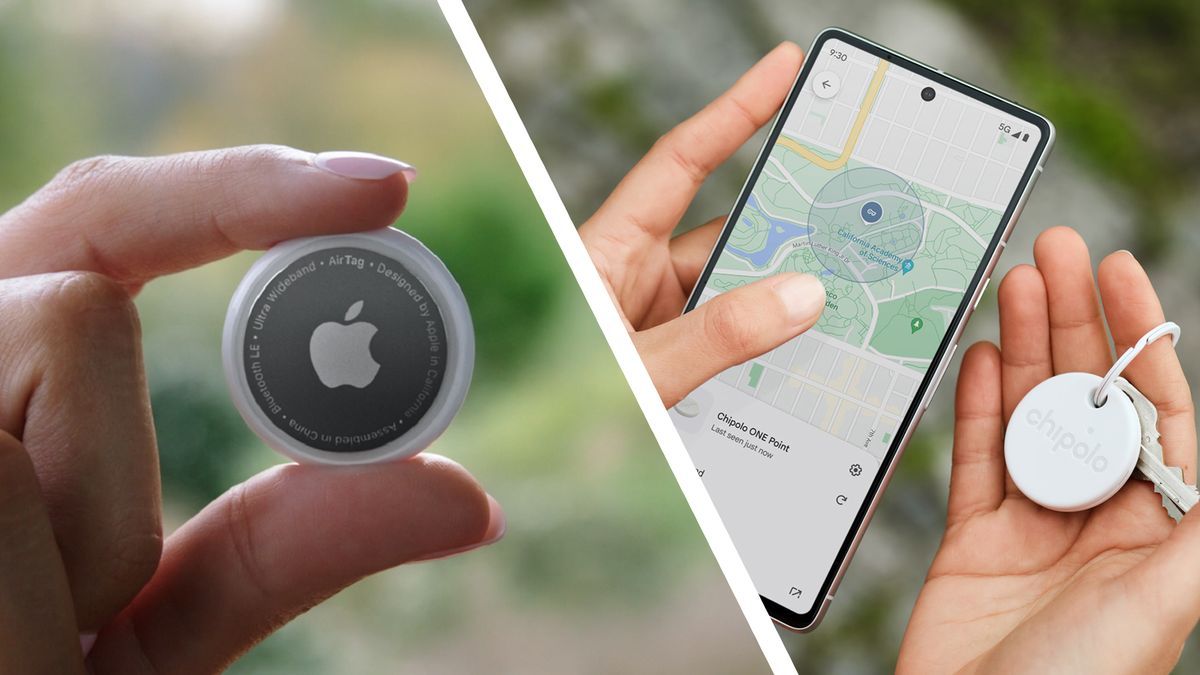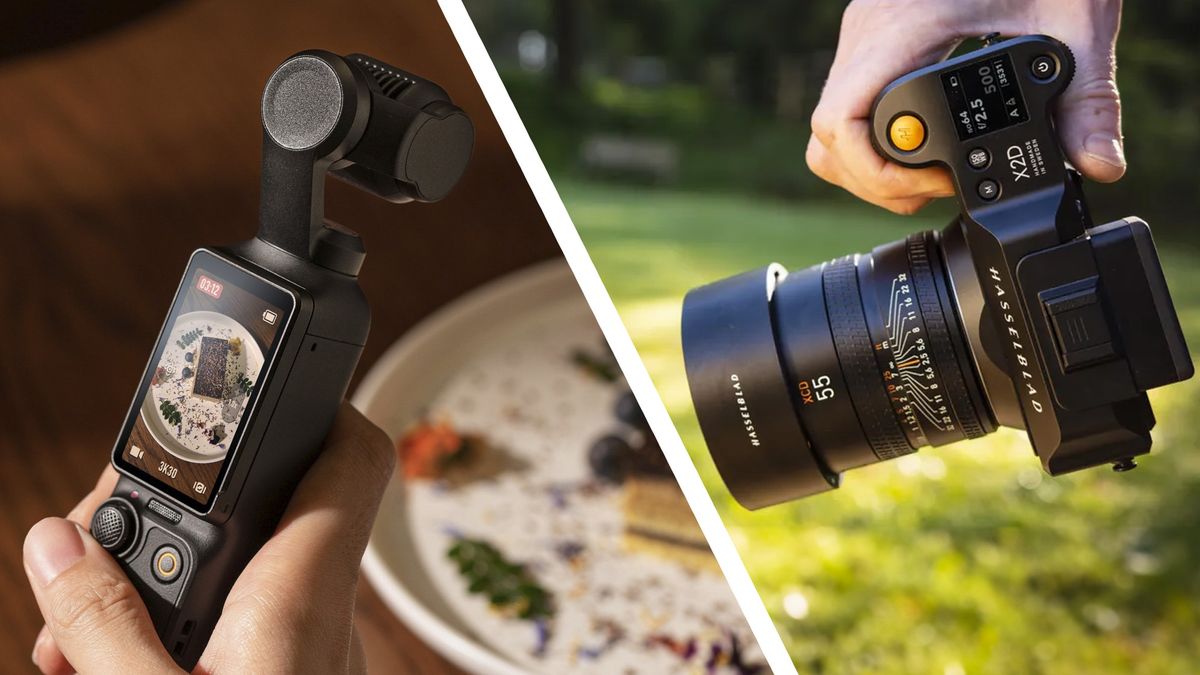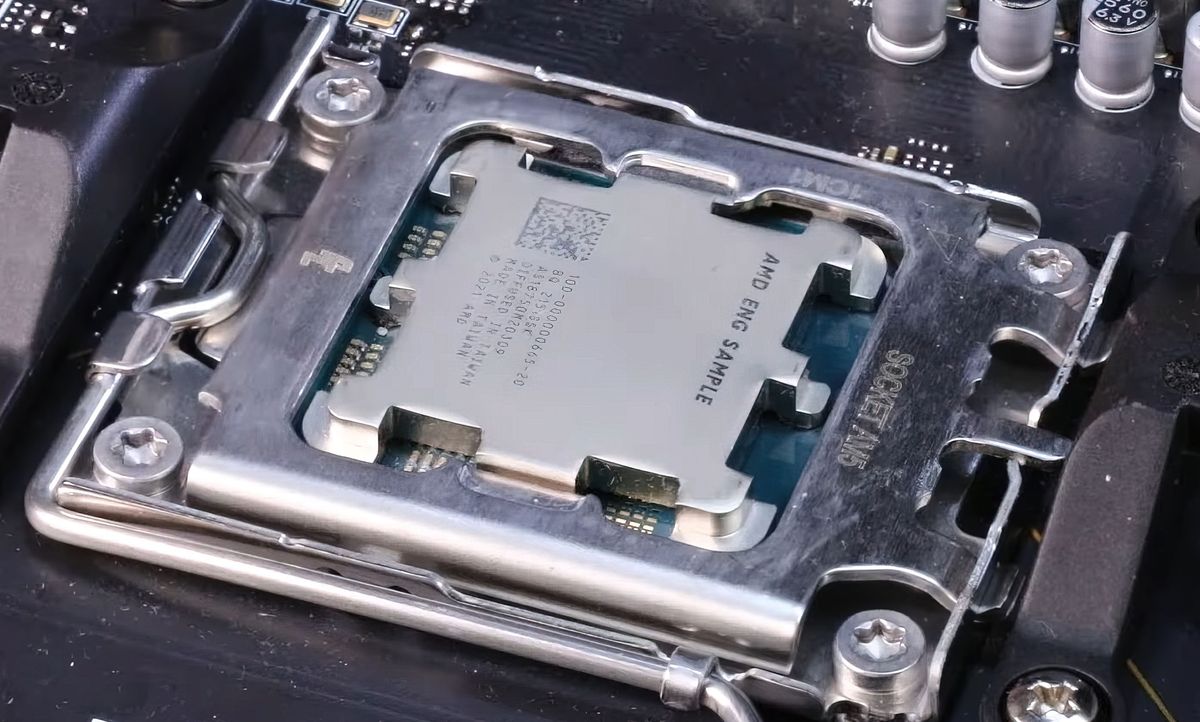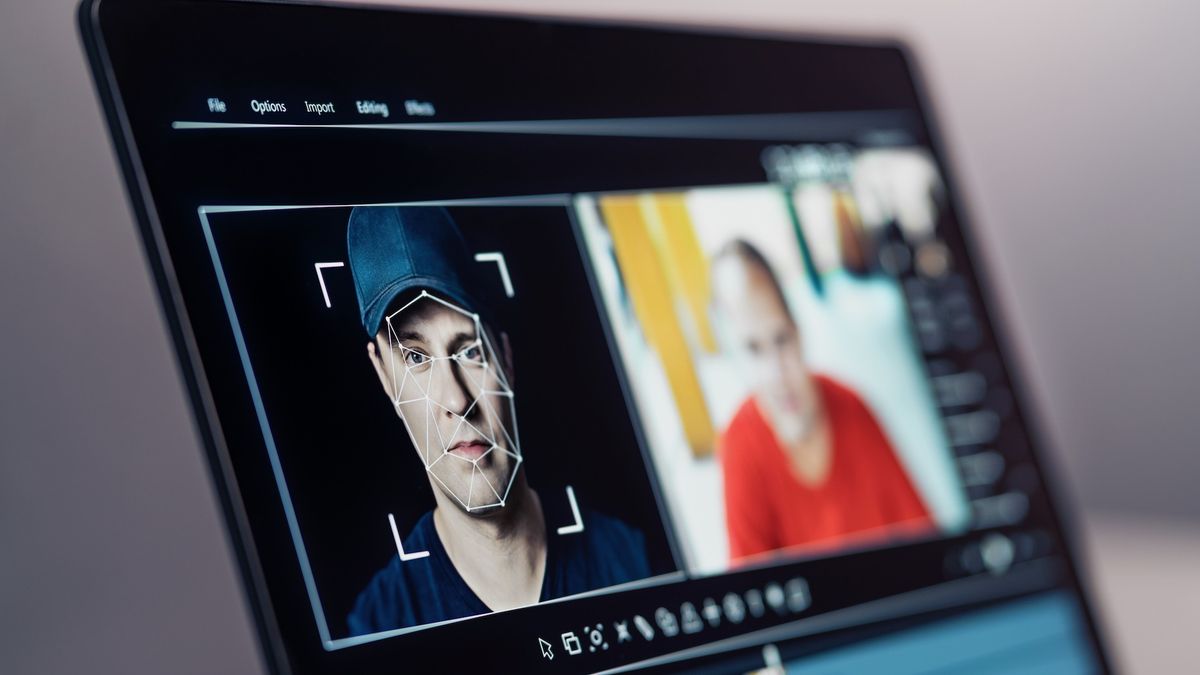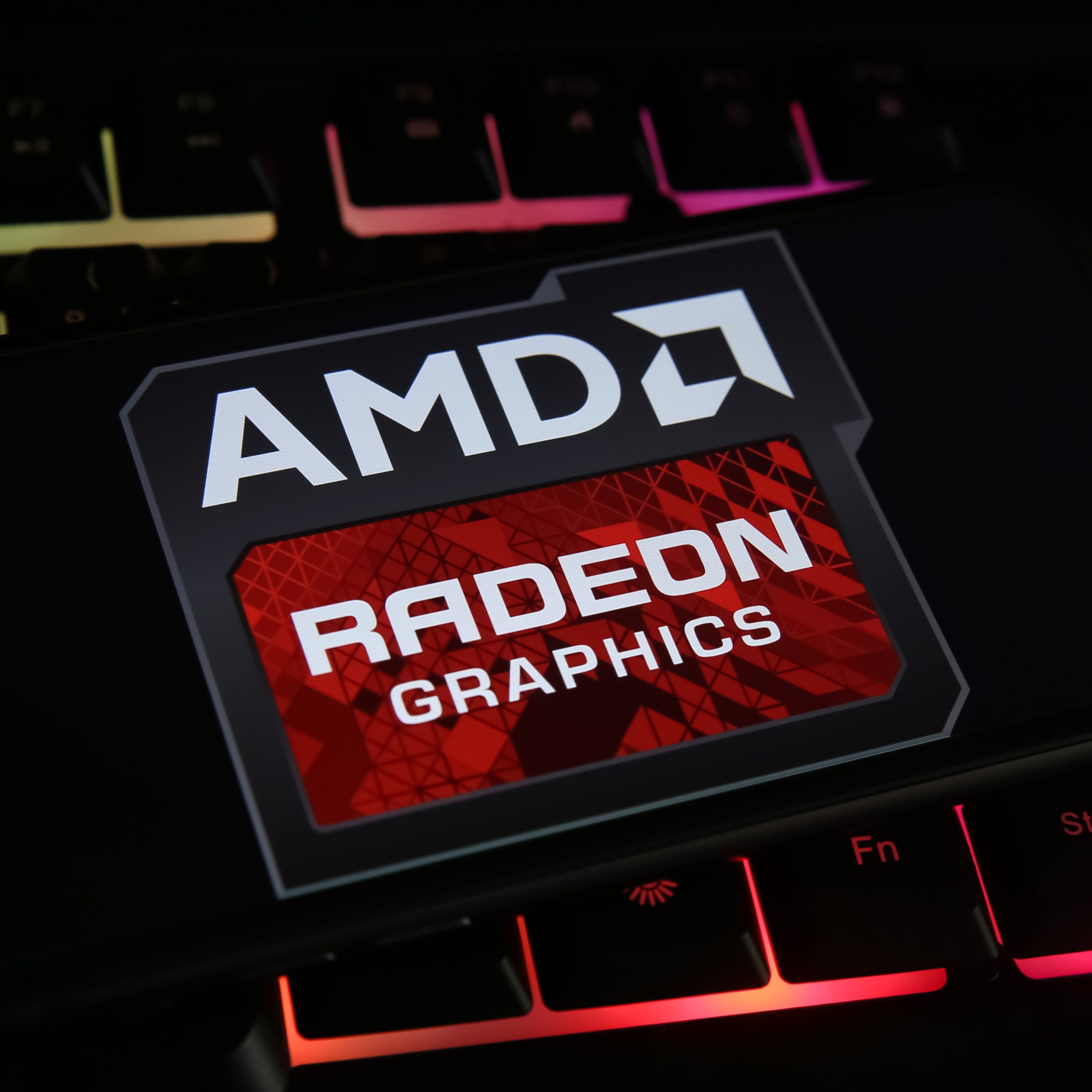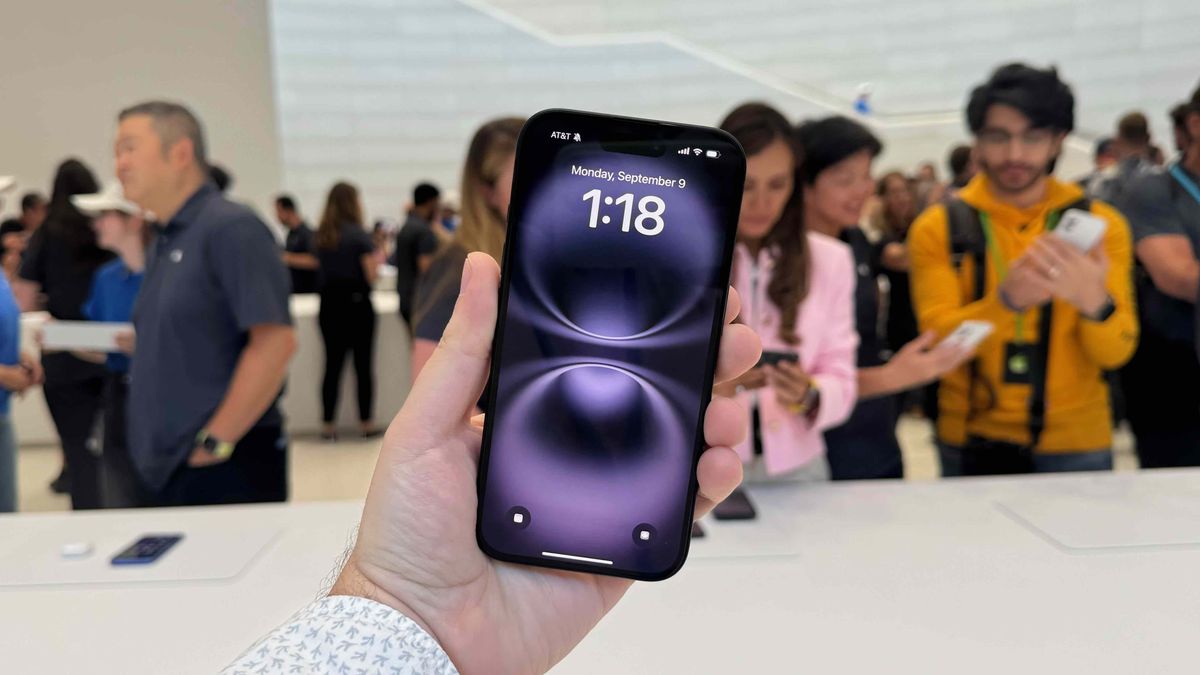If you've been wondering how Android's new Find My Device trackers stack up against Apple's AirTags, an unofficial but revealing comparison just gave us a helpful snapshot of how they might compare in the real world.
In a Reddit thread posted by u/chiselplow (via 9to5Google), a Pebblebee tracker for Google's Find My Device network and an AirTag were placed in a mailbox and sent to another state to see how they fared.
The tracking results, while far from conclusive because it's a one-off test, suggest it's still early days for Google's new Find My Device network (which was updated in May) compared with Apple's more established Find My equivalent (which arrived in 2019).
Trackers from both networks work by using an anonymous network of nearby smartphones (Android phones for Find My Device, iPhones for Apple's Find My) to find your location. However, when the postal worker picked up the Pebblebee and the AirTag in this particular test, there was a marked difference in their tracking.
According to u/chiselplow, while the AirTag was continuously updating its location throughout the day, it took 11 hours for the Pebblebee tracker to detect its new location. Unfortunately, the next day, the Find My Device tracker lost its new location at a sorting center and reverted to showing its previous location at the sender's home. This isn't particularly helpful.
This continued until the package reached its destination and was returned to the sender. Other issues with the Find My Device tracker included a lack of detail on the app's maps (compared to the satellite mode with Apple's Map for AirTags) and the complete absence of the Pebblebee tracker in the web browser version of Google's tracking network.
While there aren't any huge conclusions to be drawn from a single test – particularly as it was conducted in the US, where iPhones are dominant – it's fair to say that the Find My Device network is still in its early days, with Google admitting in June that it was “actively working to implement improvements” to some early issues.
Some of those issues are arguably related to the default settings Google has chosen for its Find My Device network. While Android phones will automatically participate in the network, its default setting is “high-traffic areas only.” Google’s advice for improving the experience with third-party trackers like Pebblebee was to change the setting to “all areas” to “improve the network’s ability to find your lost items in lower-traffic areas.”
It's time to find yourself
Google clearly wants its Find My Device network to compete with and ultimately surpass Apple's Find My equivalent for AirTags, but this experiment highlights that there's still work to be done.
That's understandable, given that Google's new network was launched less than two months ago. But there's clearly room for improvement in terms of implementation, despite the fact that devices dating back to Android 9 are compatible with the network.
This gives Find My Device, as Google claimed at launch, a “collaborative network of over a billion Android devices,” which on paper could ultimately make it more powerful than Apple's Find My.
For now, though, it's missing features like UWB (ultra-wideband) support, which helps power AirTags' handy “Precision Finding” search feature. And the implementation of Find My Device is still in the works, meaning trackers like those from Pebblebee and Chipolo may not be on the same level as AirTags just yet.
Another feature we've been waiting for is an equivalent to Google's AirTags made by the tech giant itself, something that was rumored before the network launched. Hopefully, we'll hear about that and an update on the launch of Find My Device at the Pixel 9 event taking place on August 13.

